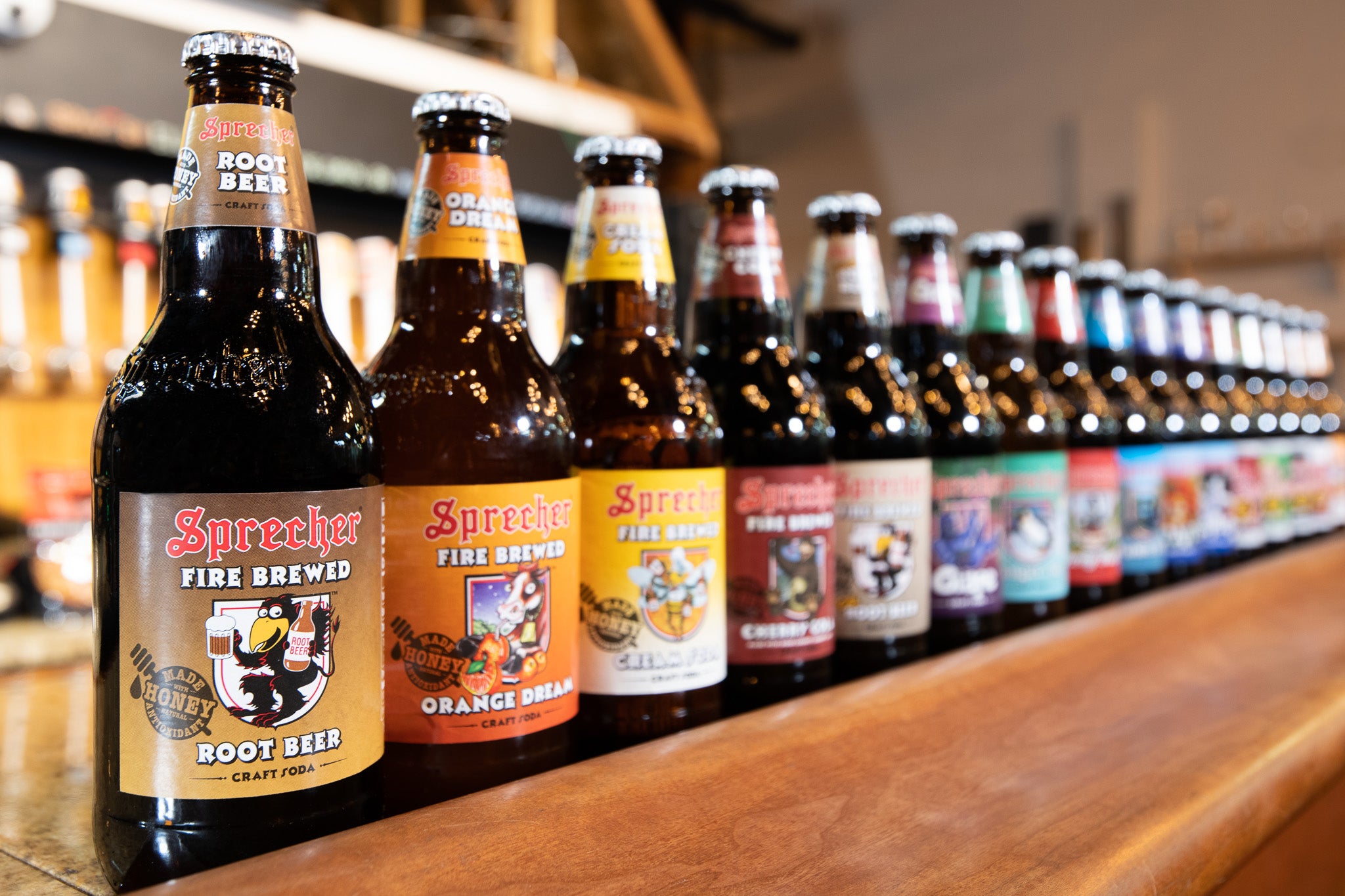Go to a Distillery in Galveston: Crafting the Finest Spirits
Go to a Distillery in Galveston: Crafting the Finest Spirits
Blog Article
Distilleries Demystified: A Complete Failure of the Manufacturing Process
In the world of spirits manufacturing, distilleries act as the enigmatic hubs where raw components are changed into intricate and nuanced potions. The process of distillation is a careful craft that intertwines creativity, science, and tradition to produce the spirits we have actually come to appreciate. As we begin on untangling the layers of distillery procedures, we will navigate through the historical origins, complex phases of manufacturing, and the nuances that set apart one spirit from another. Join us on this trip as we demystify the inner functions of distilleries, shedding light on the alchemy that turns grains, fruits, or botanicals into the fluid gold that loads our glasses.
History of Distilling
These ancient cultures utilized unrefined forms of distillation to generate fragrances, medicines, and even alcoholic drinks. They pioneered the use of distillation for the manufacturing of spirits like brandy and whiskey, laying the groundwork for the distilling practices we see today.
The distilling procedure continued to progress via the centuries, with the improvement of methods and the introduction of new technologies. The Industrial Change marked a considerable transition, as innovations such as the column still reinvented mass production and effectiveness in distilleries. This period saw the increase of legendary spirits brands that have actually come to be family names worldwide. Today, the art of distilling has changed into a sophisticated industry, mixing tradition with technology to meet the demands of a critical international market.
Raw Product Option

When choosing basic materials, distillers must think about the sugar web content, starch conversion potential, and any pollutants existing, as these factors straight impact the fermentation and purification procedures. For example, in whiskey production, the selection in between different sorts of grains like corn, barley, rye, or wheat will cause distinctive flavor profiles. Furthermore, the top quality and quality of the raw products can influence the performance of fermentation and inevitably affect the pureness and intricacy of the last spirit.
Fermentation Refine
Throughout the fermentation procedure in distilleries, sugars from the raw products are transformed right into alcohol by yeast via an all-natural chemical reaction. The fermentation process is meticulously checked to make sure ideal conditions for yeast task, such as preserving the best temperature level and pH degrees.
Fermentation times can vary depending on the details distillery and the type of alcohol being created. Once fermentation is full, the resulting fluid, known as the "clean" or "beer," is then all set to continue to the purification stage, where alcohol focus is even more enhanced via the separation of parts based on their boiling factors.
Distillation Strategies
Following the completion of the fermentation process, distilleries use a variety of distillation methods to additional concentrate alcohol web content and fine-tune the taste account of the fluid. This method is understood for generating abundant and robust spirits (Galveston Whiskey).
Another extensively used strategy is column distillation, which entails numerous purification stages in tall columns. This approach is preferred for its effectiveness in creating high-proof alcohol and is generally made use of in producing vodka and various other neutral spirits. In addition, fractional purification is an extra polished type of column distillation that permits accurate splitting up of various elements based upon their boiling factors, leading to extremely pure spirits. Ultimately, the selection of distillation technique dramatically affects the characteristics and top quality of the final spirit produced.
Maturation and Bottling
Upon getting to the wanted level of taste development and investigate this site complexity, distilled spirits undertake maturation before being bottled for intake. Galveston Liquor. Growth is a critical stage where the spirits are matured in barrels or casks constructed from different products like oak, which imparts distinct flavors and characteristics to the fluid. During this duration, the spirits communicate with the wood, allowing them read review to smooth, establish brand-new tastes, and boost their general complexity

The period of growth differs relying on the kind of spirit being produced and the wanted final product. Spirits such as brandy, whiskey, and rum typically call for years of maturation to reach their optimum taste account. Throughout this procedure, environmental variables like temperature variations can also affect the growth process, influencing the final flavor of the spirit.
As soon as the spirits have developed to excellence, they prepare to be bottled. Bottling includes filtering the spirits to eliminate any type of remaining pollutants, readjusting the alcohol content if required, and ultimately, product packaging the liquid in containers or containers ideal for distribution and usage. The bottling phase stands for the culmination of the distillation process, where the meticulously crafted spirits are provided to customers for their satisfaction.
Conclusion
To conclude, the purification process involves choosing basic materials, fermenting them, and utilizing numerous techniques to distill the fluid. Growth and bottling are vital action in producing high-grade spirits. Understanding the history and ins and outs of distilling clarify the complexity and artistry associated with producing distilled beverages. By adhering to these steps, distilleries can produce a variety of spirits with special tastes and features.
The process of purification is a thorough craft that links scientific research, tradition, and artistry to generate the spirits we have actually come to appreciate.The option of raw products is a critical facet of the distilling procedure, influencing the quality and taste profile of the last spirits created. Furthermore, fractional distillation is an extra polished type of column distillation that allows for specific splitting up of different components based on their boiling factors, resulting in incredibly pure spirits. Throughout this procedure, ecological aspects like temperature variations can additionally affect the maturation process, impacting the final flavor of the spirit.
The bottling stage represents the end check result of the purification process, where the carefully crafted spirits are presented to consumers for their enjoyment.
Report this page